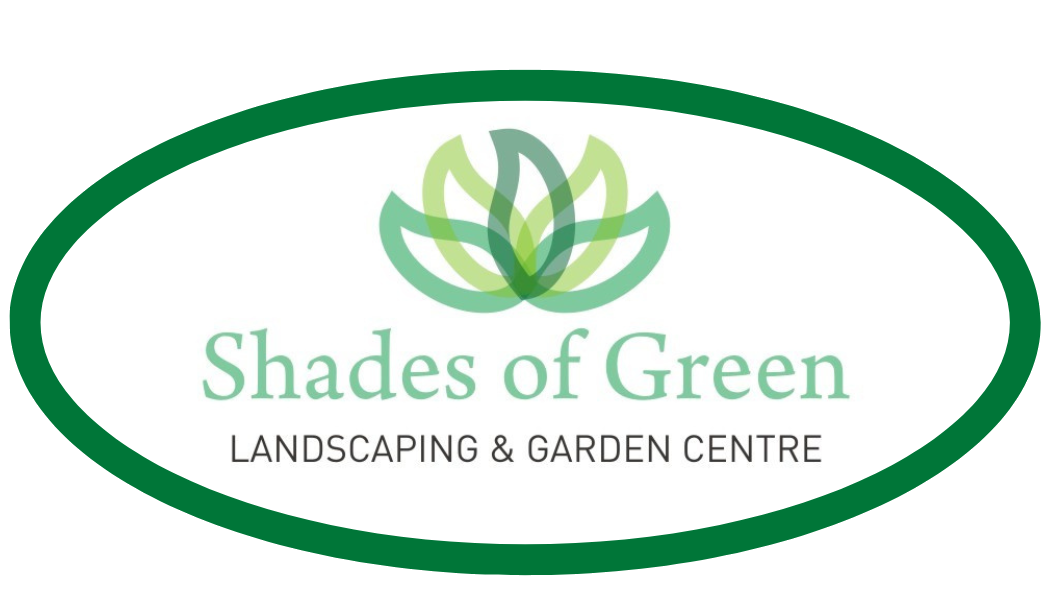Hydrangea Care By Type
Hydrangeas are stunning shrubs known for their beautiful flowers, which can be cultivated in gardens throughout the country. They're versatile, serving as excellent choices for foundation planting, border decoration, or even as potted plants. With a wide array of colors, sizes, and levels of resilience, there's a hydrangea to suit almost any garden.
"Blooming on old wood" and "blooming on new wood" refer to the timing of flower bud formation on hydrangea plants in relation to the previous year's growth.
Blooming on old wood: Hydrangeas that bloom on old wood produce flower buds on the previous year's growth. This means that the buds for the next year's flowers form on the stems that grew during the previous growing season. Pruning these types of hydrangeas at the wrong time, particularly in late fall or winter, can remove the flower buds and result in a loss of blooms for the upcoming season.
Blooming on new wood: Hydrangeas that bloom on new wood produce flower buds on the current season's growth. This means that the buds for the next year's flowers form on new stems that emerge during the current growing season. These hydrangeas can be pruned in late winter or early spring before new growth begins without risking the removal of flower buds.
Understanding whether a hydrangea blooms on old wood or new wood is crucial for determining the appropriate timing and method of pruning to ensure optimal flowering each year.
Proven Winners INCREDIBALL® Smooth
In North American gardens, six main types of hydrangeas are typically cultivated.
Smooth Hydrangea (Hydrangea arborescens)
Also known as Annabelle hydrangea.
Hardy to USDA zone 3.
Bloom on new wood: prune in late winter/early spring.
Proven Winners LET'S DANCE® Big Band Bigleaf
Bigleaf Hydrangea (Hydrangea macrophylla)
Also known as florist's hydrangea, hortensia, mophead, or lacecap hydrangea.
Resilient up to USDA zone 5.
Flowers typically bloom on old wood, so pruning is not recommended.
In colder climates, winter protection may be beneficial for survival during colder months.
Image of Climbing Hydrangea
Climbing Hydrangea (Hydrangea petiolaris)
Hardy to USDA zone 4.
Once the plants are established, they tend to grow vigorously.
Pruning the vines to control growth is possible, but it's best done in summer after the flowers have finished blooming.
Proven Winners BOBO® Panicle
Panicle Hydrangea (Hydrangea paniculata)
Also known as peegee hydrangea.
Hardy to USDA zone 3.
Bloom on new wood: prune in late winter/early spring.
Proven Winners TINY TUFF STUFF™ Mountain
Mountain Hydrangea (Hydrangea serrata)
Hardy to USDA zone 5.
Bloom on old wood: do not prune.
Proven Winners GATSBY MOON® Oakleaf
Oakleaf Hydrangea (Hydrangea quercifolia)
Hardy to USDA zone 5.
Bloom on old wood: do not prune.
Caring for hydrangeas in New Brunswick, Canada, involves understanding their specific needs, especially considering the climate and soil conditions in your region. Here are some tips to help you care for your hydrangeas effectively:
Choose hydrangea varieties suited to New Brunswick's climate.
Plant in well-drained, organically rich soil with partial to full shade.
Keep soil consistently moist but not waterlogged, especially in summer.
Fertilize with a balanced, slow-release fertilizer in spring.
Prune selectively, following specific guidelines for your hydrangea type.
Provide winter protection with mulch to shield from freezing temperatures.
Monitor for pests and diseases, treating promptly if detected.
Adjust soil pH to influence flower color (if desired).
Following these steps should keep your hydrangeas healthy and vibrant in New Brunswick!








